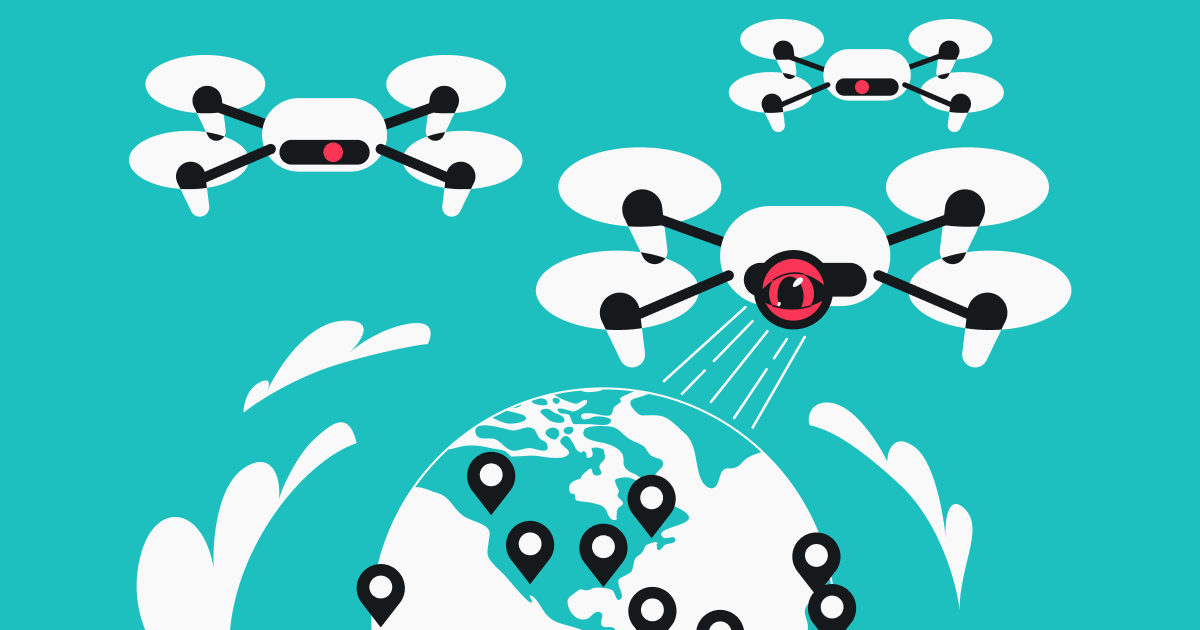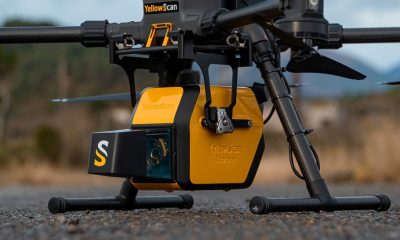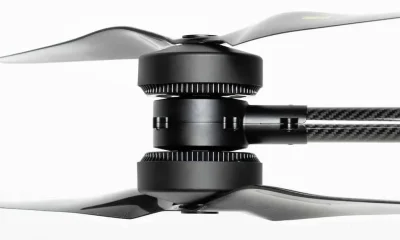U.S. Drone Regulations
Privacy and Safety Considerations for Drones in the U.S.
Published
3 months agoon
Table Of Contents

Privacy and Safety Considerations
Privacy Laws and Expectations
Privacy is a significant concern in drone operations, especially as drones become more prevalent in both commercial and recreational contexts. Various laws and regulations are designed to protect individuals from unwanted surveillance and ensure that drone operators respect privacy rights.
Federal Privacy Laws:
- There are no specific federal laws in the United States that govern privacy in relation to drone use. However, general privacy laws, such as those related to surveillance and data collection, still apply.
- The FAA encourages drone operators to follow the National Telecommunications and Information Administration’s (NTIA) voluntary best practices for privacy, transparency, and accountability in UAS operations.
State Privacy Laws:
- California: Protects against invasion of privacy through drones under California Civil Code Section 1708.8, which prohibits the use of drones to capture images or recordings of individuals in private settings.
- Texas: Texas Government Code Chapter 423 restricts the use of drones for capturing images of individuals or privately owned property without consent, with certain exceptions.
- Florida: Florida Statutes Section 934.50 regulates drone use for surveillance and protects property rights, prohibiting the use of drones to capture images of privately owned property without the owner’s consent.
Safety Guidelines for Operators
Ensuring safety in drone operations is crucial to prevent accidents, injuries, and property damage. Operators should follow established safety guidelines and best practices:
FAA Safety Guidelines:
- Keep Your Drone Within Visual Line of Sight (VLOS): Ensure that you can always see your drone during flight.
- Do Not Fly Over People: Avoid flying over crowds, stadiums, and public events to prevent accidents.
- Avoid Flying Near Airports: Maintain a safe distance from airports and heliports, and always comply with FAA airspace regulations.
- Check Weather Conditions: Avoid flying in adverse weather conditions, such as high winds, rain, or fog, that can affect drone stability and control.
- Conduct Pre-Flight Checks: Inspect your drone for any damage or malfunctions before each flight to ensure it is in good working condition.
Recreational Use Safety Guidelines:
- Follow community-based safety guidelines, such as those provided by the Academy of Model Aeronautics (AMA).
- Respect privacy by not flying near homes or capturing images without permission.
Commercial Use Safety Guidelines:
- Obtain a Remote Pilot Certificate (Part 107) and comply with FAA regulations.
- Use geofencing technology to avoid restricted areas and enhance operational safety.
- Implement safety management systems to identify and mitigate potential risks.
Reporting Incidents and Violations
In the event of a safety incident or violation, it is important for drone operators to know how to report these occurrences to the appropriate authorities.
Reporting to the FAA:
- Incident Reporting: Operators must report any drone-related accidents resulting in serious injury, loss of consciousness, or property damage over $500 to the FAA within 10 days.
- DroneZone Portal: Use the FAA’s DroneZone portal to file reports and access regulatory information.
Local Law Enforcement:
- Report any illegal drone activity, such as trespassing or endangering public safety, to local law enforcement agencies.
- Provide detailed information about the incident, including the location, time, and nature of the activity.
Community Awareness:
- Engage with local communities to educate residents about safe and responsible drone use.
- Participate in local drone safety workshops and training programs to stay informed about best practices and regulatory updates.
Best Practices for Ensuring Privacy and Safety
Privacy Best Practices:
- Obtain Consent: Always obtain consent before capturing images or recordings of individuals or private property.
- Minimize Data Collection: Collect only the data necessary for your operations and avoid capturing sensitive information.
- Secure Data Storage: Implement robust data security measures to protect the information collected by your drone.
Safety Best Practices:
- Stay Updated: Regularly check for updates to FAA regulations and local ordinances.
- Use Technology: Utilize advanced technologies, such as collision avoidance systems and geofencing, to enhance operational safety.
- Training and Certification: Invest in ongoing training and certification programs to ensure you are up-to-date with the latest safety standards and practices.
By adhering to these privacy and safety considerations, drone operators can help foster a positive and respectful drone ecosystem, ensuring the protection of individuals’ rights and the safe integration of drones into the national airspace.
Frequently Asked Questions About Privacy and Safety Considerations for U.S. Drone Regulations
1. How do drone operators ensure they are respecting privacy while flying?
Drone operators can respect privacy by:
- Avoiding flights over private property without the owner’s consent.
- Not capturing images or videos of individuals in private settings where they have a reasonable expectation of privacy.
- Following the NTIA’s voluntary best practices for privacy, transparency, and accountability, which include guidelines on data collection, use, and storage.
- Checking state and local privacy laws, as they may impose additional restrictions.
2. What are the key safety guidelines for operating drones?
Key safety guidelines for drone operations include:
- Keeping the drone within visual line of sight (VLOS) at all times.
- Not flying over people or moving vehicles.
- Avoiding flights near airports, heliports, and other restricted areas without proper authorization.
- Conducting pre-flight checks to ensure the drone and equipment are in good working condition.
- Monitoring weather conditions to avoid flying in adverse weather.
- Following FAA regulations and community-based safety guidelines.
3. What should I do if my drone is involved in an incident or accident?
If your drone is involved in an incident or accident:
- Report the incident to the FAA if it results in serious injury, loss of consciousness, or property damage exceeding $500. This can be done through the FAA’s DroneZone portal.
- Notify local law enforcement if the incident involves privacy violations, property damage, or personal injury.
- Document the incident thoroughly, including the time, location, nature of the incident, and any damages or injuries.
- Contact your insurance provider to report the incident and initiate any necessary claims.
To Learn more about acronyms used in this article visit our Drones Acronym Page.











